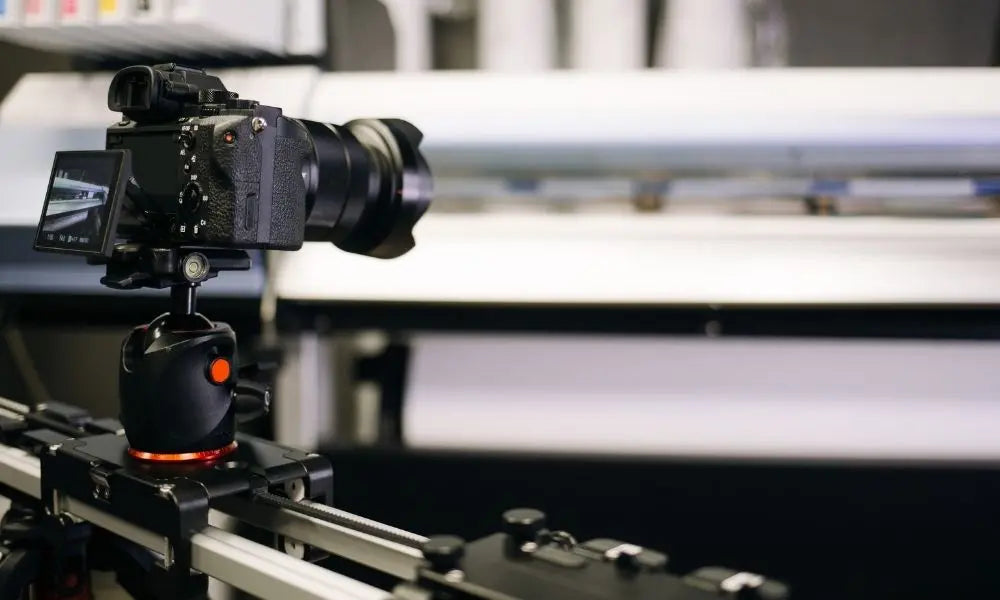As you prepare to put camera equipment to use, think of how it’ll work together. An overhead rig works well for food photography and DIY videos, as well as detail shots in narrative films. Here are the types of cameras that work best with overhead rigs. Which camera best fits your production?
Smartphone
You carry a lightweight camera in your pocket every day, so put it to use. A lightweight overhead camera rig has three main components, all perfectly portable for your convenience. The swing arm helps you move the phone, the ball head offers range of motion, and the clamp keeps your phone in place. If you’re shooting casual photos and videos with your overhead rig, a smartphone is a convenient and versatile choice.
Point-and-Shoot
A slightly heavier but high-quality choice is a basic point-and-shoot camera. The camera you take on family vacations can easily fit into an overhead rig without adding much weight. Using a point-and-shoot camera in your rig will give you higher picture quality than a smartphone.
Lightweight DSLR
A smaller DSLR (digital single-lens reflex) camera will give you high-definition photos or videos, more so than a smartphone or basic point-and-shoot camera. An overhead DSLR rig can be a crucial part of your equipment collection. Be wary of the size and weight, though. Bigger, heavier DSLR cameras can put excess strain on the rig. To keep the rig sturdy, use a lightweight DSLR camera.
When you choose an overhead rig, from a simple smartphone setup to a full overhead DSLR rig, think about the needs of your production. How heavy is your equipment? What kind of photos or footage will you be shooting? Now that you’ve learned about the types of cameras that work best with overhead rigs, you can make your decision with confidence and go forth into your photography or filmmaking career.
